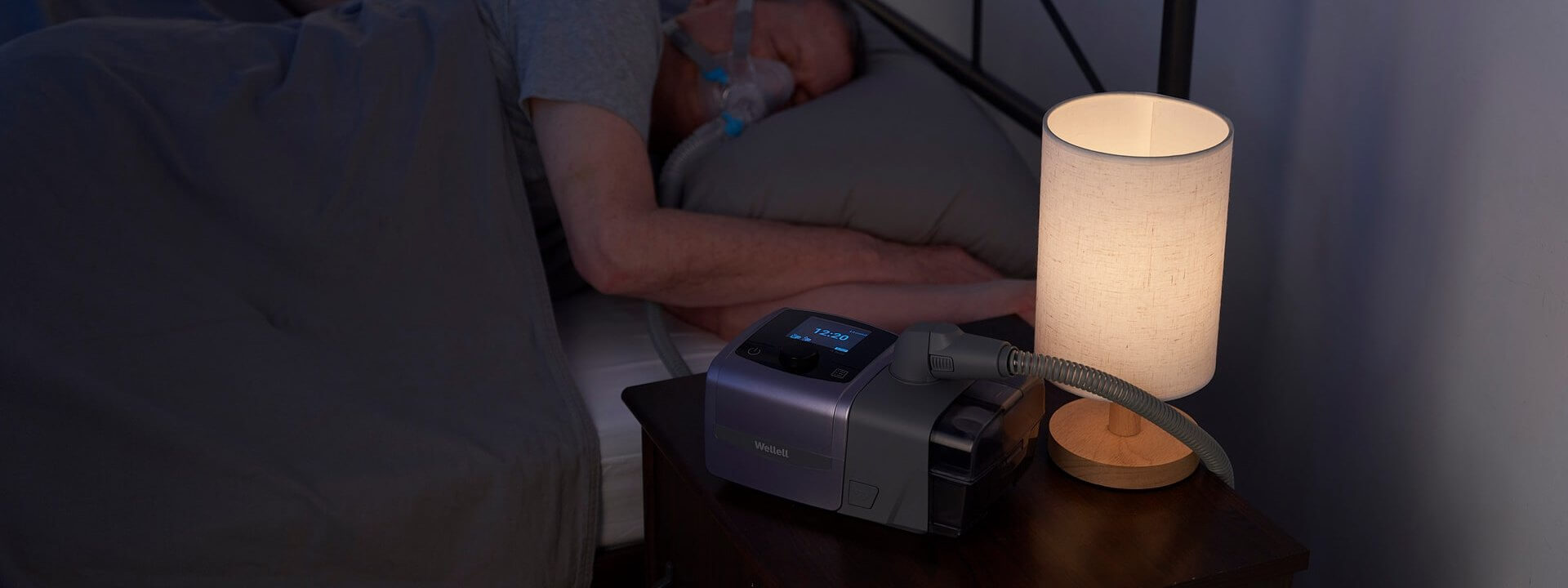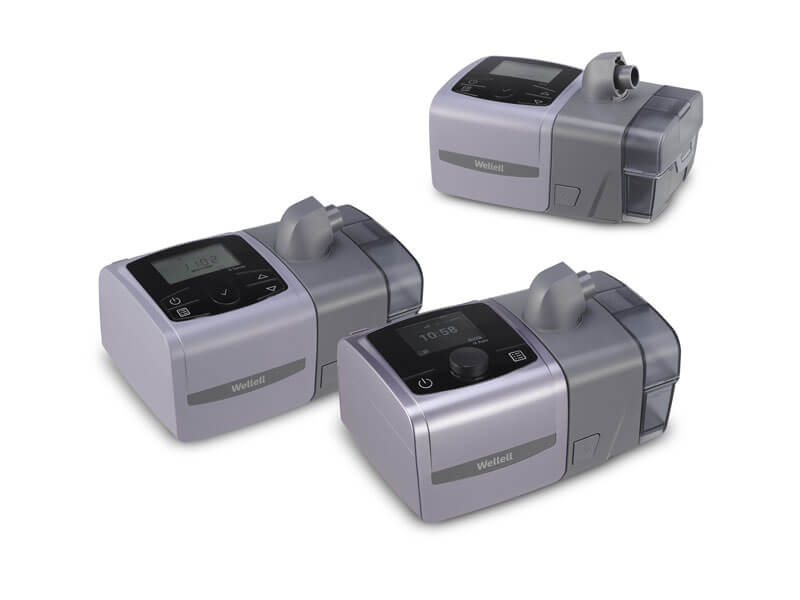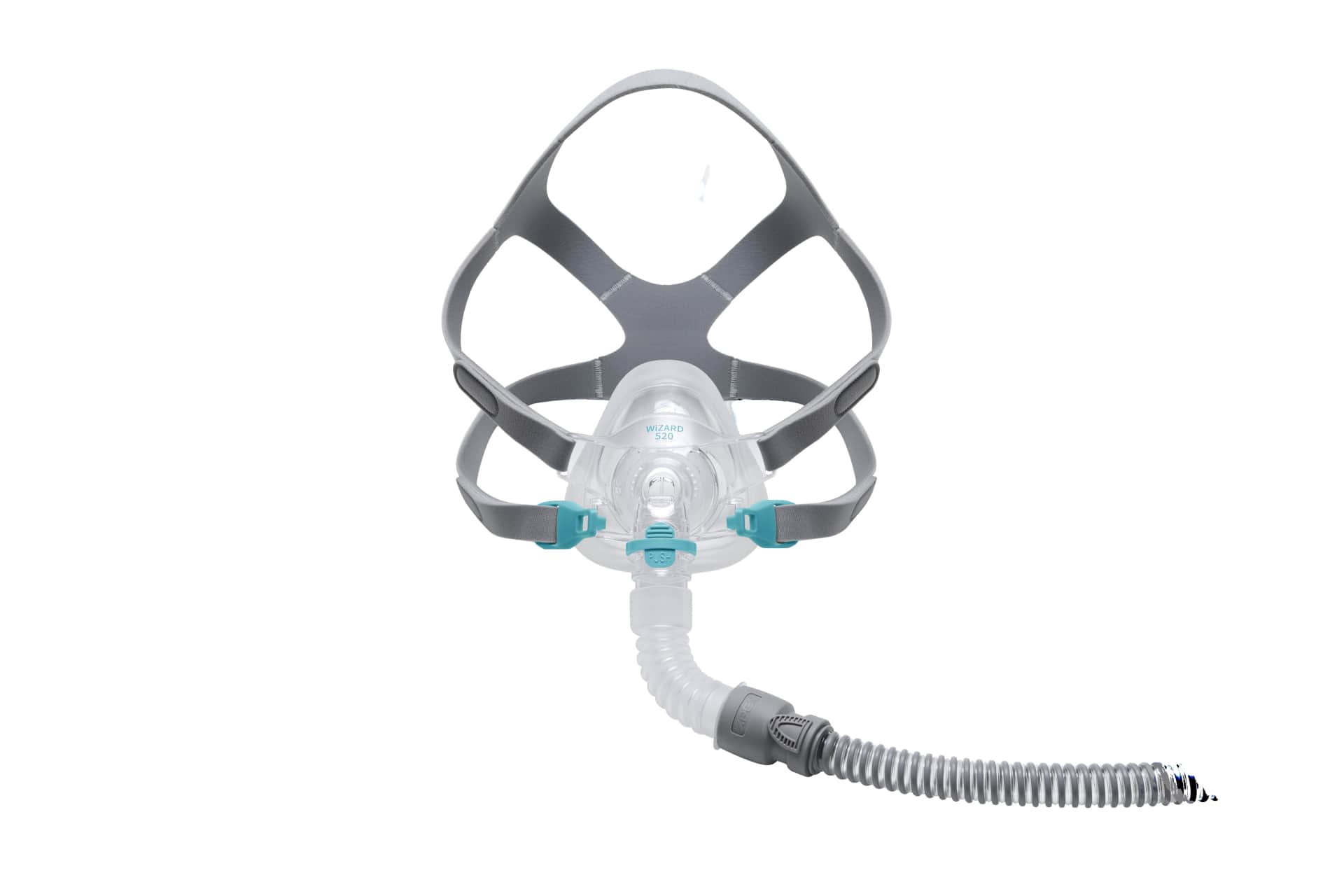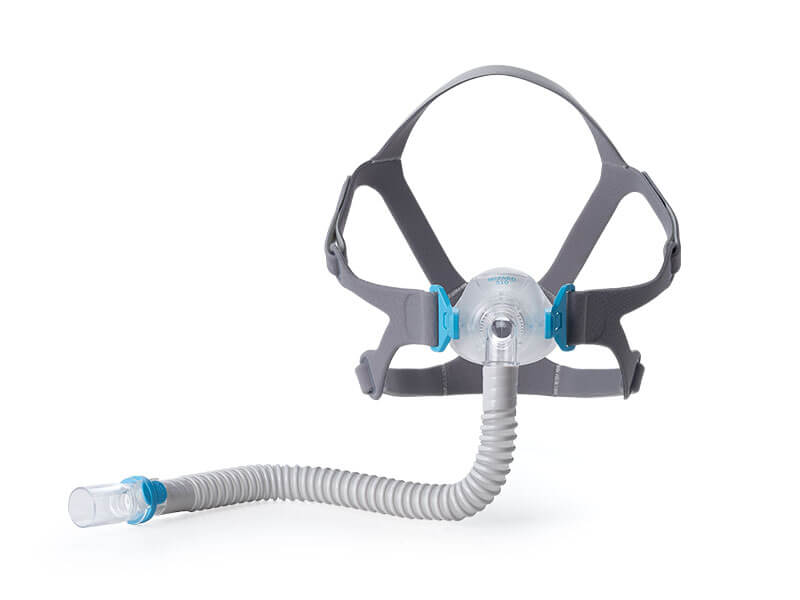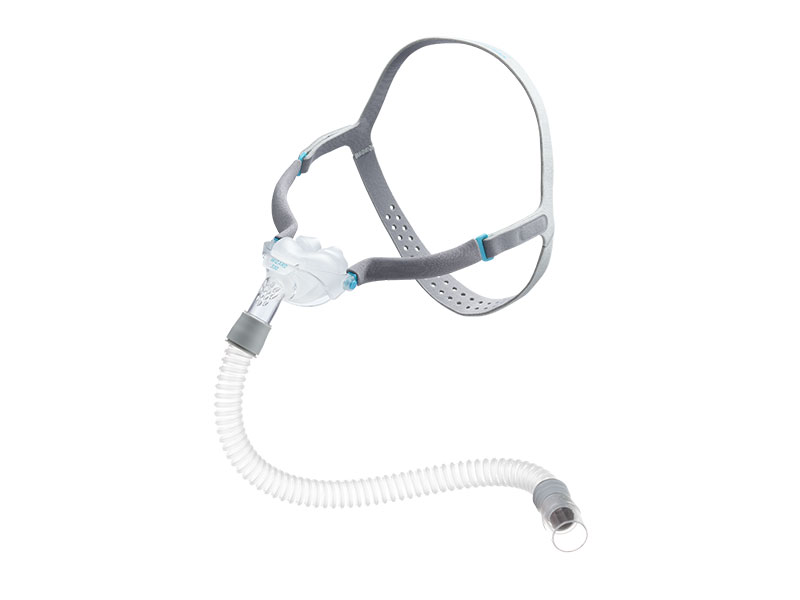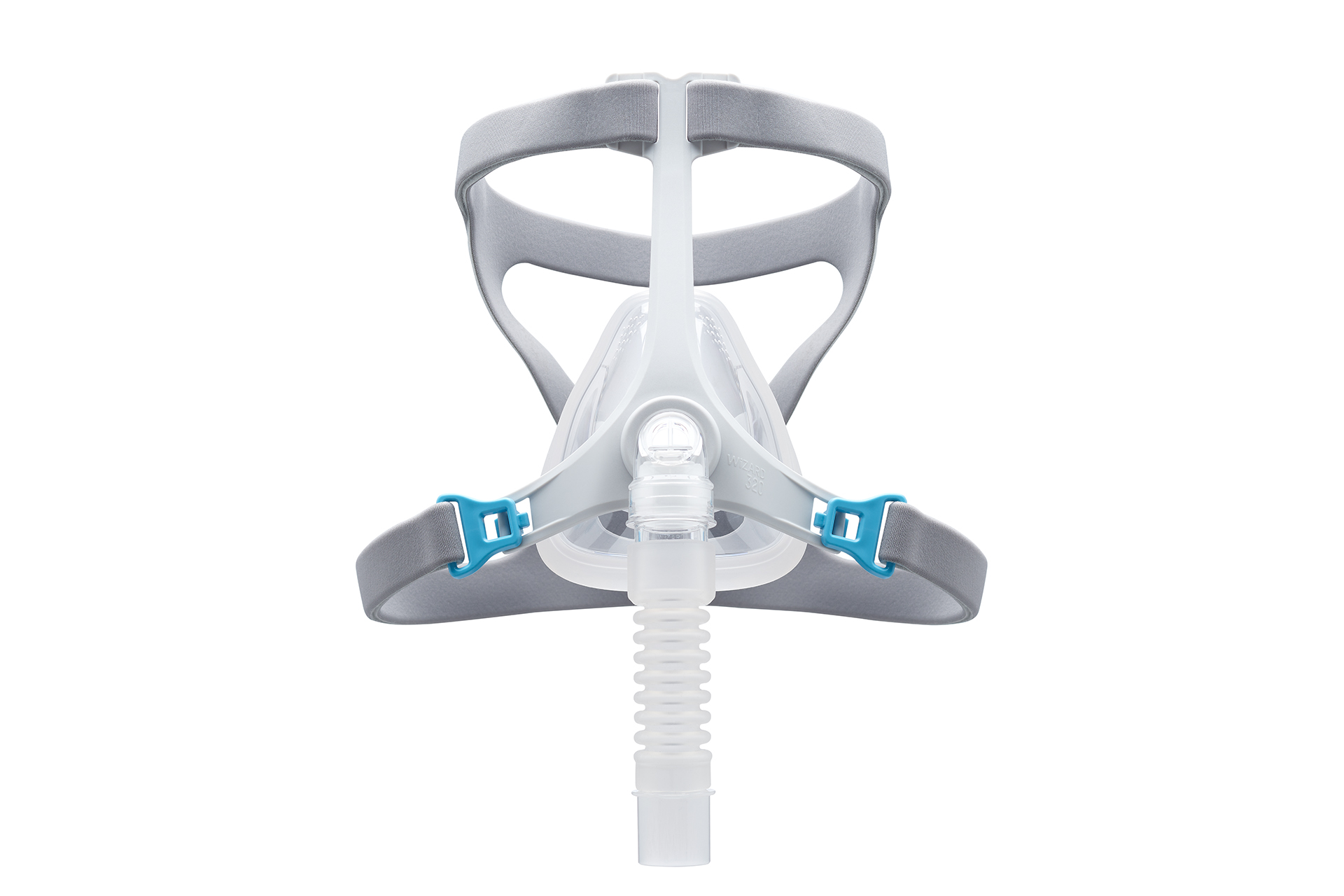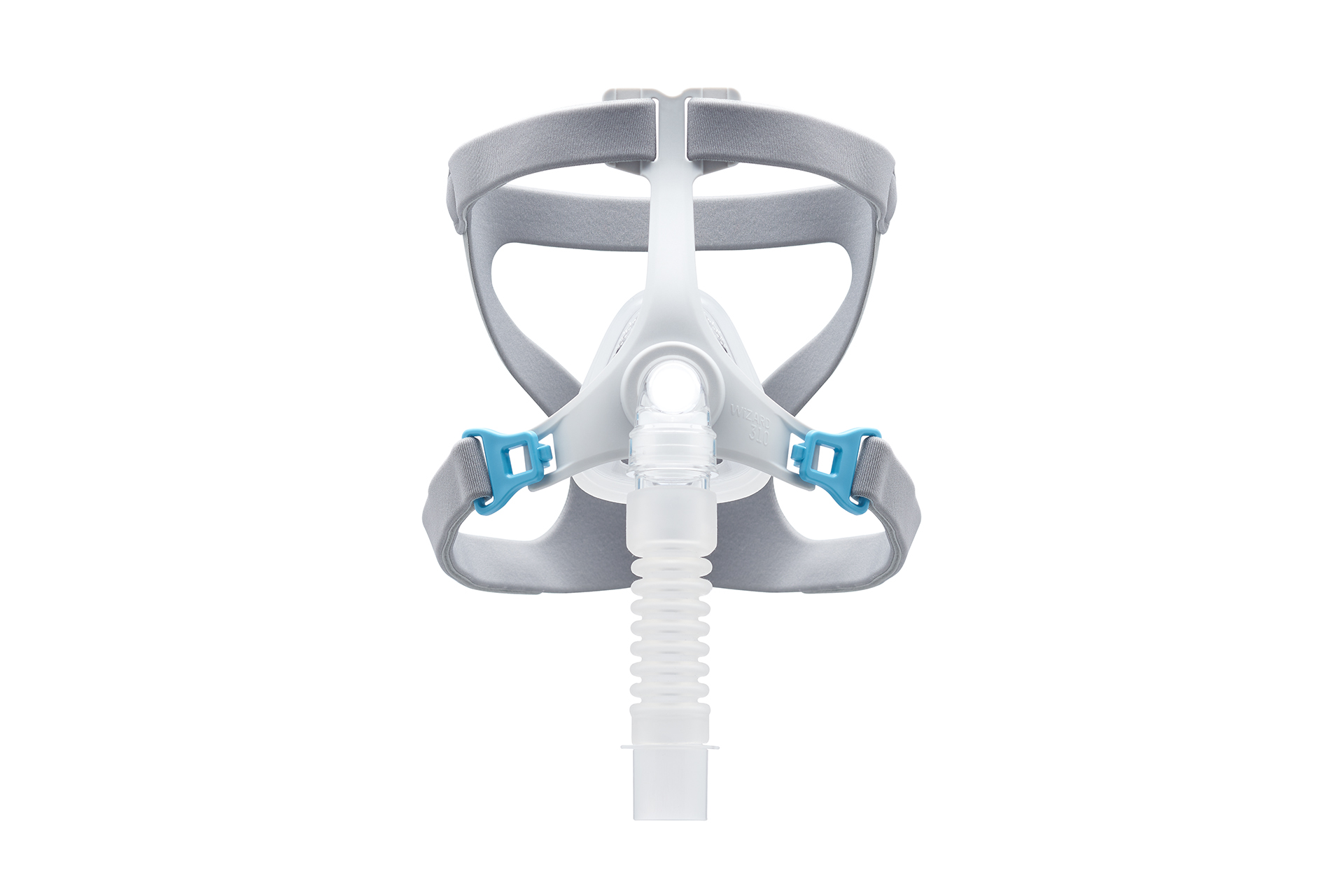Sleep Apnea: CPAP Therapy
Filter by
No Matched Results
Showing
of
results
Obstructive
sleep apnea (OSA) affects breathing during sleep and increases health
risks like hypertension and fatigue. A CPAP machine, or sleep apnea
machine, delivers constant airway pressure to keep the airway open.
The
American Academy of Sleep Medicine (AASM) strongly
recommends positive airway pressure for treating OSA in adult patients.
In this article, we’ll explore how CPAP machines work, their benefits,
side effects, and how to choose the right mask.
During
use, the CPAP machine draws in ambient air, applies gentle, constant
pressure, and delivers it through the tubing and mask to the airway.
This steady airflow acts as a pneumatic splint, keeping the upper airway
open, preventing collapse of soft tissues, and maintaining normal
breathing patterns—thereby reducing snoring, preventing apnea episodes,
and improving oxygen levels and sleep quality.

